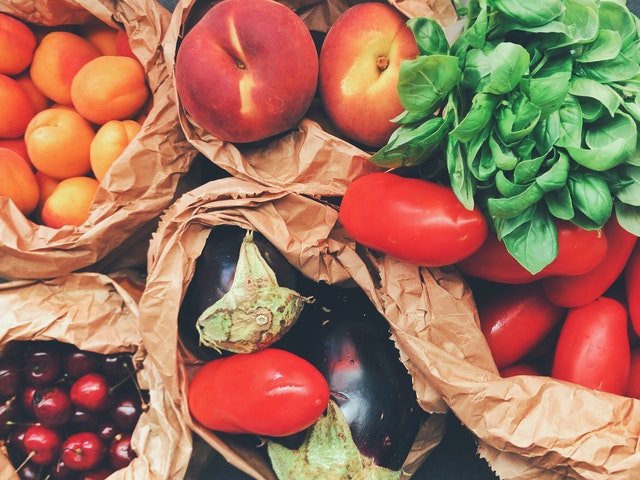
The port of Ravenna represents a point of reference for the North-Central Italy, being the leading port in the trade of a wide range of product sectors, in particular in the traffics with the Eastern Mediterranean.
To date, the port is subject of significant changes that would have a positive impact also on the Food and Beverage industry and specifically the fruit and vegetable sector. This segment is more sensitive than the other food sectors in terms of transit time due to the perishable nature of the products.
Some critical issues make the area of Ravenna less competitive than other European ports in terms of transit time (5-7 days more compared to the port of Algeciras) and, for this reason, the empowerment of Ravenna port capacity appears to be a necessary condition to combine the potential of the Italian fruit and vegetable industry with the possibility to trade products by sea within an efficient intermodal system.
The port is therefore committed to overcome those logistic critical issues through a series of interventions on existent infrastructure included in the “Ravenna Port Hub: Infrastructural Works” (hereinafter Ravenna Port Hub).
In synergy with the Ravenna Port Hub, the Authority of Harbour System, Emilia-Romagna Region, the Municipality of Ravenna and Coldiretti signed a Memorandum of Understanding for the launch of the so-called “Farm to Port”, putting on paper the ambition of making the port of Ravenna the main North-East logistic hub for the import/export of perishable goods, with a particular reference to trade with China in view of facilitating the commercial exchanges between the two countries especially in terms of timing.
In this vein, the “Farm to Port” should provide for urban interventions for more than 3200 hectares, the construction of a free trade zone, customs corridors and facilitation of administrative and control procedures to which each party will address its commitment also through the activation of the Pnrr (Piano Nazionale di Ripresa e Resilienza) funds that allocate 800 million Euro to the Food and Beverage industry.
In particular, the willingness to create a cold storage would accelerate the qualitative leap of the port, providing companies a storage service for perishable goods both in import and export context.
The reference to fruit and vegetable supply chain is not casual. It represents one of the most relevant sectors of the Made in Italy Food and Beverage industry and shows a great potential as driving factor for the Italian export in this sector. Furthermore, it accounts for the 20% of the Food and Beverage for a value equal to 15 billion Euro, of which one third is destined to export. It should be noted that the fruit and vegetable export is already experiencing a significant recovery compared to other food sectors in the aftermath of the economic deadlock caused by the health crisis.
An area strongly vocated for fruit and vegetable and adjacent to the main fruit industrial districts as Veneto and Trentino necessarily needs to remedy the logistic deficiencies, providing structural conditions that would permit the port of Ravenna to acquire an added value capable of satisfying the needs of several distributive logistics companies, industrial enterprises importing raw material and small and medium enterprises manufacturers of food products that require a logistic support for the expansion on foreign markets.
In particular, if the interlocutor of the Italian market is China, therefore this need acquires greater importance considering that the fruit and vegetable trade between Italy and China worth more than 1 billion dollars and, for this reason, this latter is a reality that cannot be underestimated as both producer and consumer of fruit and vegetable products.








